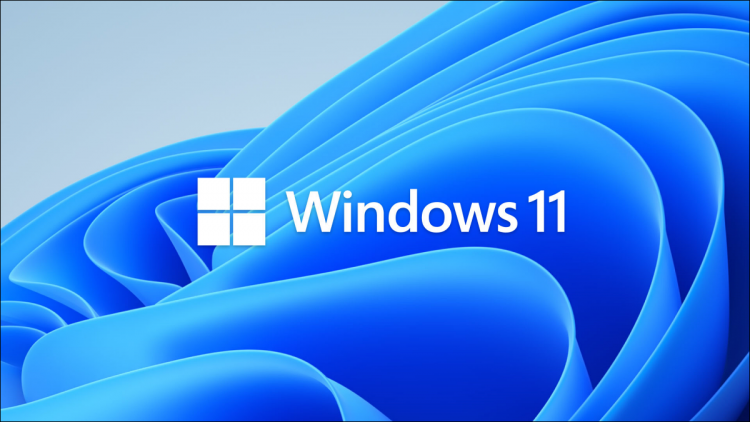Microsoft
Run the “java –version” command in a Terminal window to check the Java version your PC is using. You can also open the “About Java” window from the Start menu, but it may show a different version of Java that’s not currently being used if you have Java versions installed.
Occasionally programs will recommend or require a specific version of Java to function. The problem gets worse if you’ve installed multiple versions of Java. How do you know which version you’re using? Luckily, one command is all you need.
Check Your Java Version with the Terminal
There are plenty of ways to determine what version of Java you have installed, whether you’re using Windows 11 or Windows 10. For example, you can usually enter “About Java” in the Start Menu search and click the result to get a Java version. But that doesn’t always display the version your system will actually try to use if you run a JAR file.
The discrepancy occurs because multiple versions of Java are installed simultaneously. That isn’t usually a problem — you just need to be aware of which version you’re actually using.
RELATED: 7 Ways to Open Windows Terminal on Windows 11
The best way to determine which version of Java your PC is using is via the Terminal. It doesn’t matter if you use Command Prompt or PowerShell. Hit Windows+X to open the Power User Menu, then tap “i” to open up Terminal. Alternatively, you can click the Start button and enter “Terminal” in the search bar.

Enter java -version into the Terminal and hit Enter.

Your Java version will be displayed in the Terminal directly under your command. In the screenshot above, our example PC has Java version 17.0.4.1 installed.
RELATED: The New Windows Terminal Is Ready; Here’s Why It’s Amazing
If you need to change which version of Java your system uses, you’ll need to edit your system’s environment variables, specifically the PATH. You can do that with the regular Windows graphical user interface, or you can use CMD (or PowerShell) to modify environment variables.
If you’re coding, you can vastly simplify your life by using an integrated development environment (IDE) — like Eclipse or IntelliJ IDEA — that allows you to switch between Java versions while working.
Remember, having multiple versions of Java installed concurrently isn’t a major problem. It is actually pretty common. You just need to be sure which version you’re actually using.
Source by www.howtogeek.com





























